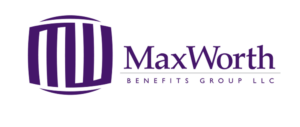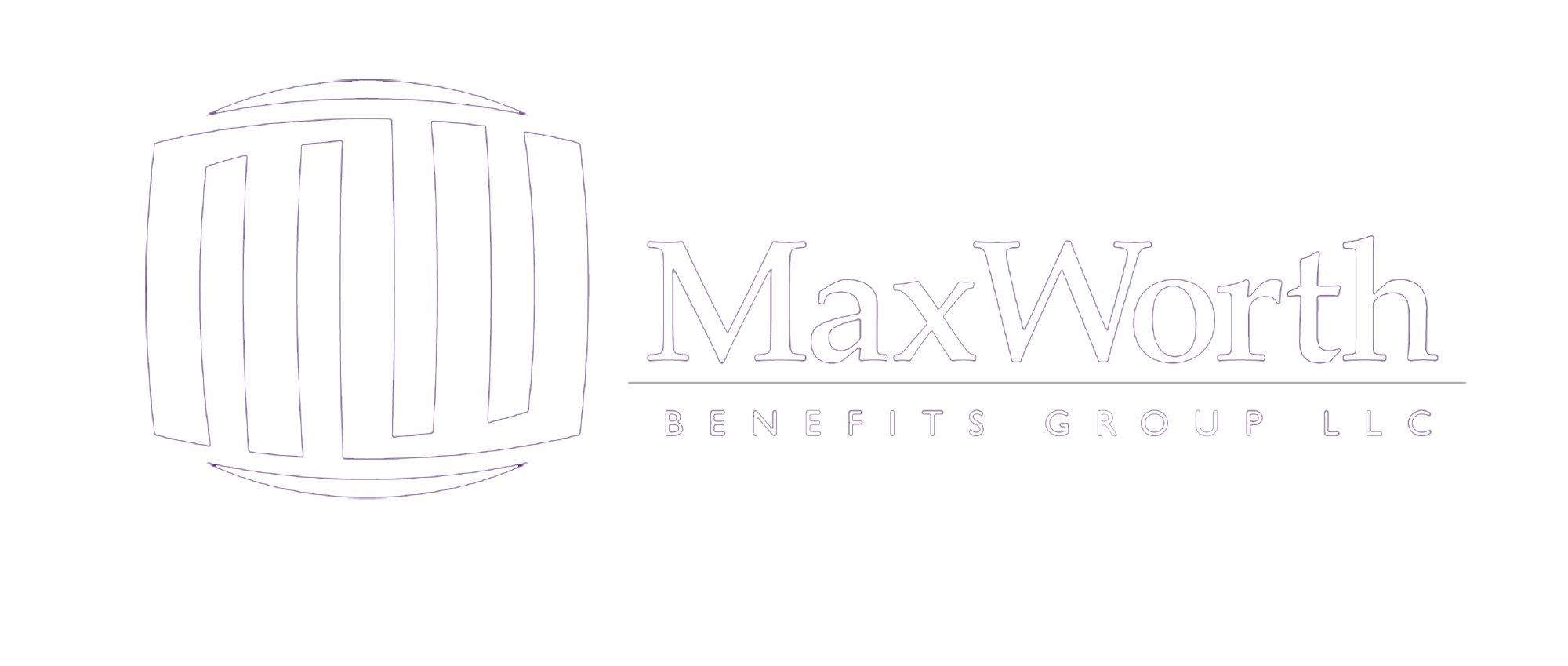
WHAT TO DO WITH YOUR 401(K) AFTER A CHANGE OF EMPLOYER
It’s becoming increasingly common for a physician to change employers. A 2022 AMA survey found that 40 percent of providers were interested in leaving their current employer within two years. Whether a physician switches practices or enters into hospital employment, they will face a decision about what to do with their old 401(k) account.¹
If you’re in this situation, you have four options to consider.2
Choice 1: Leave it with your previous employer
You may choose to do nothing and leave your account in your previous employer’s 401(k) plan. However, if your account balance is under a certain amount, your ex-employer may elect to distribute the funds to you.
There may be advantages to keeping your 401(k) with your previous employer. For example, it could allow you to keep investments that are low-cost or have limited availability outside of the plan. You may also want to maintain certain creditor protections that are unique to qualified retirement plans or retain the ability to borrow from the plan if it allows for loans to ex-employees.3
The primary downside to this option is that individuals can become disinterested in their old account and pay less attention to the ongoing management of its investments.
Choice 2: Transfer to your new employer’s 401(k) plan
Provided your current employer’s 401(k) accepts the transfer of assets from a pre-existing 401(k), you may want to consider moving these assets to your new plan.
The main benefits to transferring are the convenience of consolidating your assets and the ability to retain strong creditor protections as well as access to the plan’s loan feature.
If the new plan has a competitive investment menu, many individuals prefer to transfer their account and make a full break with their former employer.
Choice 3: Roll over assets to a traditional Individual Retirement Account (IRA)
Another option is to roll assets over into a new or existing traditional IRA. It’s possible that a traditional IRA may provide some investment choices that don’t exist in your new 401(k) plan.4
The drawback to this approach is that you could lose creditor protection and access to funds via a 401(k) loan feature.
Choice 4: Cash out the account
The last choice is to simply cash out of the account. If you choose to cash out, you may be required to pay ordinary income tax on the balance plus a 10% early withdrawal penalty if you are under age 59½. In addition, employers may hold onto 20% of your account balance to prepay the taxes you’ll owe.
Think carefully before deciding to cash out a retirement plan. Aside from the costs of the early withdrawal penalty, there’s an additional opportunity cost in taking money out of an account that could potentially grow on a tax-deferred basis. For example, taking $10,000 out of a 401(k) instead of rolling it over into an account earning an average of 8% in tax-deferred earnings could leave you $100,000 short after 30 years.5
When making decisions about your 401(k), don’t feel rushed. You have time to consider your choices and may want to seek professional guidance. If you’d like to discuss these options with a member of our team, we’d be happy to help.
- In most circumstances, you must begin taking required minimum distributions from your 401(k) or other defined contribution plan in the year you turn 73. Withdrawals from your 401(k) or other defined contribution plans are taxed as ordinary income, and if taken before age 59½, may be subject to a 10% federal income tax penalty.
2. FINRA.org, 2024
3. A 401(k) loan not paid is deemed a distribution, subject to income taxes and a 10% tax penalty if the account owner is under 59½. If the account owner switches jobs or gets laid off, any outstanding 401(k) loan balance becomes due by the time the person files their federal tax return.
4. In most circumstances, once you reach age 73, you must begin taking required minimum distributions from a traditional Individual Retirement Account (IRA). Withdrawals from traditional IRAs are taxed as ordinary income and, if taken before age 59½, may be subject to a 10% federal income tax penalty. You may continue to contribute to a traditional IRA past age 70½ as long as you meet the earned-income requirement.
5. This is a hypothetical example used for illustrative purposes only. It is not representative of any specific investment or combination of investments.
The content is developed from sources believed to be providing accurate information. The information in this material is not intended as tax or legal advice. It may not be used for the purpose of avoiding any federal tax penalties. Please consult legal or tax professionals for specific information regarding your individual situation. The opinions expressed and material provided are for general information, and should not be considered a solicitation for the purchase or sale of any security.
SIGN UP FOR OUR NEWSLETTER
If you would like to receive industry updates and articles like the one you see here, complete the form below

Securities and investment advisory services offered through Osaic Wealth, Inc. Member FINRA/SIPC. Osaic Wealth is separately owned and other entities and/or marketing names, products or services referenced here are independent of Osaic Wealth.
This communication is strictly intended for individuals residing in the states of AL, AZ, AR, CA, DE, FL, GA, IN, KY, LA, MD, MI, NE, NV, NH, NY, NC, ND, OH, OK, OR, PA, SC, TN, UT, VA, and WY. No offers may be made or accepted from any resident outside the specific state(s).


